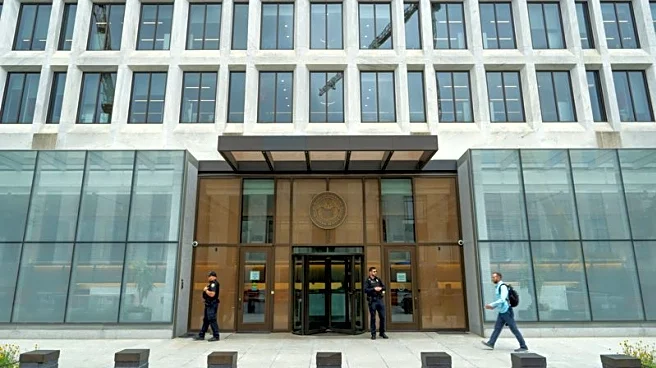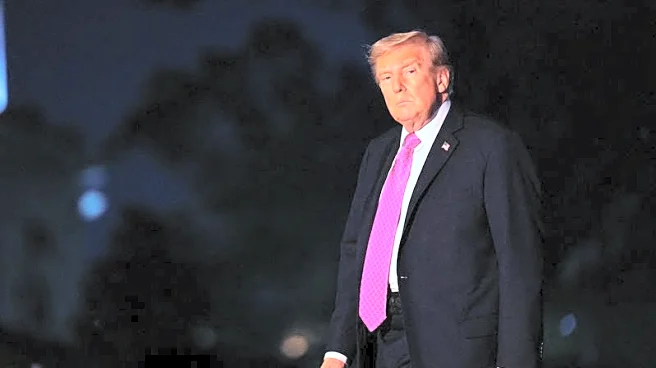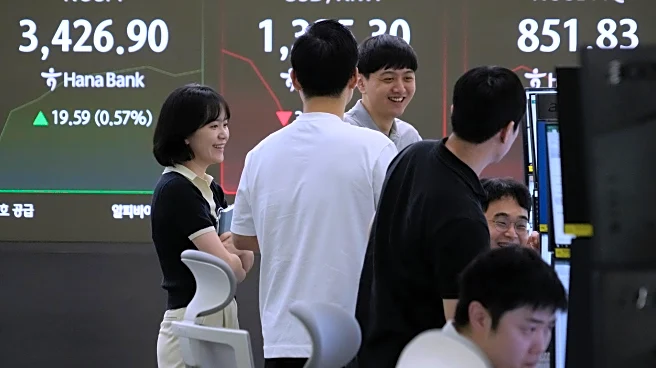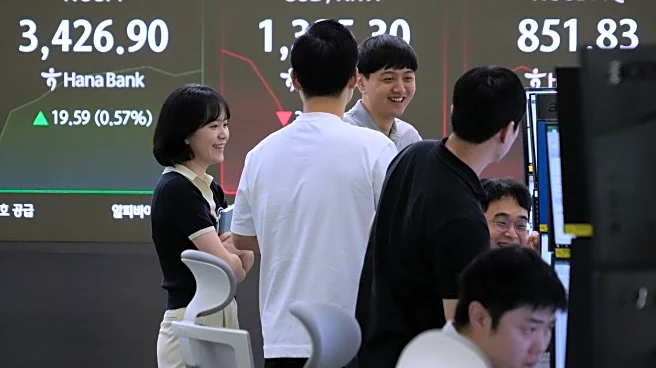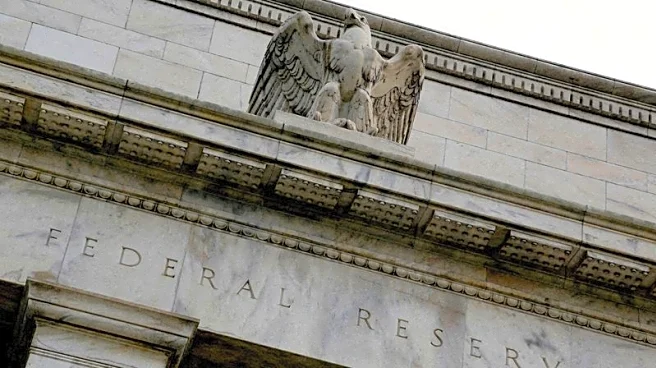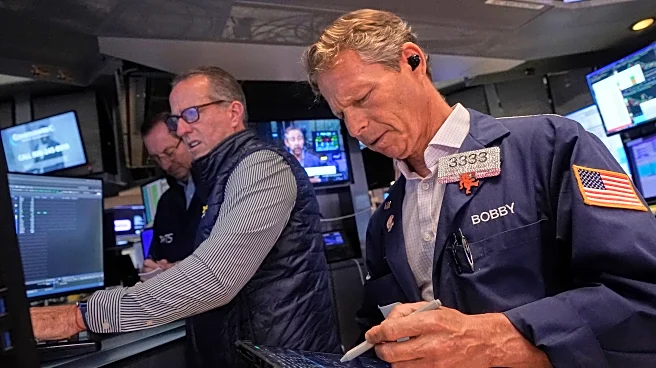What's Happening?
The Federal Reserve has announced a cut in interest rates for the first time in 2025, a move that is expected to influence the interest rates charged by auto lenders to consumers. This development comes as taxpayers are reportedly losing hundreds of millions of dollars monthly due to U.S. electric vehicle (EV) subsidies. The subsidies have led to a 27% increase in EV registrations for legacy brands in July, although Tesla's market share has seen a decline. The rate cut by the Federal Reserve could further affect the financial dynamics within the auto industry, particularly in terms of loan costs for consumers purchasing vehicles.
Why It's Important?
The Federal Reserve's decision to cut interest rates is significant as it directly impacts the cost of auto loans, potentially making it cheaper for consumers to finance vehicle purchases. This could lead to increased consumer spending in the auto sector, benefiting manufacturers and dealers. However, the ongoing EV subsidies represent a substantial financial burden on taxpayers, raising concerns about the sustainability of such incentives. The shift in market dynamics, with legacy brands gaining traction and Tesla losing market share, indicates a competitive landscape that could influence future policy decisions regarding EV subsidies and industry regulations.
What's Next?
As the Federal Reserve's rate cut takes effect, auto lenders are likely to adjust their interest rates, which could lead to changes in consumer behavior regarding vehicle purchases. Policymakers may need to reassess the structure and impact of EV subsidies, especially in light of the financial implications for taxpayers. The evolving market share dynamics between legacy brands and Tesla may prompt strategic shifts within the industry, potentially influencing future product offerings and marketing strategies.
Beyond the Headlines
The broader implications of the Federal Reserve's rate cut and the EV subsidy situation may extend to discussions on fiscal policy and economic strategy. The balance between encouraging innovation in the EV sector and managing taxpayer liabilities could become a focal point in policy debates. Additionally, the competitive shifts in the auto industry may drive technological advancements and influence global market trends.

